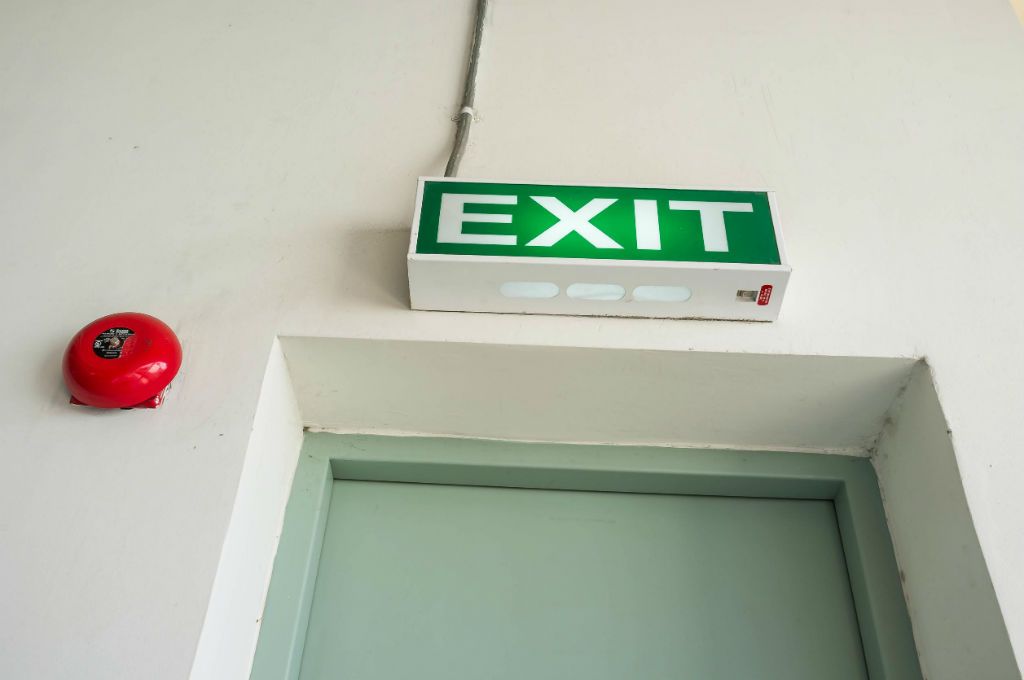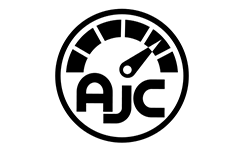Replacement Batteries for Emergency Lighting

When the lights go out you need reliable backup power. In the event of a fire or other disaster that cuts off electricity, people and property can be at risk. To mitigate that risk, your emergency lighting systems need to be ready at all times.
Functional emergency lighting, or egress lighting, is often required to meet state building codes, fire codes, insurance standards and OSHA requirements. The emergency lighting must provide illumination for all egress routes automatically and within seconds in the event of a power failure. There are also guidelines for how and how often to test the emergency lighting system. A monthly test with the lights on for at least 30 seconds and a longer yearly test is common.
How does emergency lighting work?
Emergency lighting and exit signage lights work in a similar fashion. The lights are connect to the electrical system of the building providing a constant charge to the batteries. When the power goes out, the batteries kick in providing light to illuminate the hallways and stairs that are part of the emergency exit paths.
When to replace the battery
Most emergency lighting units have self-test switches that provide an accurate battery reading. When either the monthly test or the annual test generate unsatisfactory results, the emergency light battery needs to be replaced.
In optimal environments emergency light batteries can last longer than the typical 4 years indicated by manufacturers, but the results of the testing should dictate replacement whether or not they reach the 4 year mark.
Types of replacement batteries
The emergency lighting battery must be replaced by a battery with the same voltage, dimensions and terminal type. For emergency lighting using sealed lead acid batteries, the voltage is usually 6v or 12v. Never replace a 12v battery with a 6v or a 6v with a 12v. This can cause your system to malfunction or cause damage to the lighting fixture.
The typical terminal type for a sealed lead acid backup battery is a faston tab. The fixture will be supplied with a connector that will slip over the tab on the battery to close the circuit. Some larger batteries have L terminals, which are also used on car batteries. These are rare unless the battery is large, and the fixture is rated for extended use during emergencies.
Although many exit signs now utilize LED bulbs and thus only require a small NiCad battery, there are older units and current dual units with emergency lights that are part of the exit sign that use sealed lead acid batteries. Similar testing protocols are in place for these units and proper maintenance and periodic battery replacement should be considered just as essential.
Where do I find alarm and emergency lighting replacement batteries?
BatteryClerk.com sells a wide variety of sealed lead acid batteries that are compatible with many brands of emergency lighting and exit signs. They offer 1-2 day delivery to most of the USA plus FREE shipping on orders over $99.
BatteryClerk offers high-quality, AJC-brand batteries that are built to last. They give you the superior performance and the optimum power you need. When you use AJC replacement batteries, you have peace of mind that you will have the power, signage, and alerts needed in critical situations.
Shop BatteryClerk.com for your emergency lighting battery needs.
